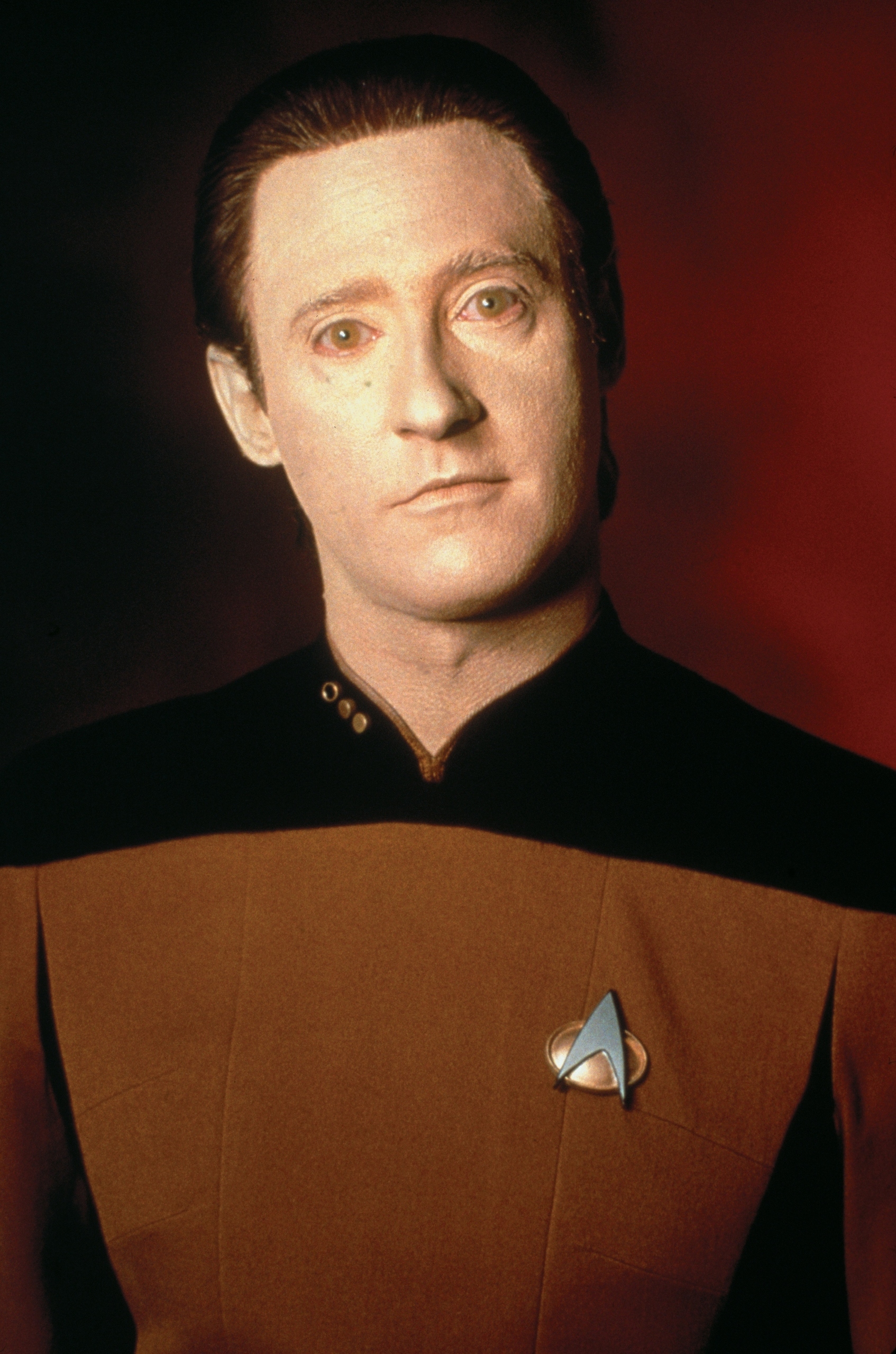Well if you haven't yet figured out the topic of today's blog then then you should get your brainbox checked. The topic of today's blog is skeletons! And by skeletons I mean the kind that you form inside of a 3D model in order to dictate the manipulation of the mesh and not the kind that keeps your body from looking like a pile of squishy, saggy, meat-flesh.
 |
| This is what happens when Frankenstein has too much fun with silly putty |
The mesh or model is a connected conglomeration of polygons that that make up the shape or body of the object to be animated. So if the object to be animated is a horse then the mesh would be in the shape of a horse.
The skeleton is a series of joints ordered in a hierarchy, positioned in the places where the object is supposed to bend or deform.
 |
| why is it that videogame babies usually look creepy instead of cute? |
When the skeleton and the mesh are created and put in their proper positions, in other words the skeleton is placed correctly inside the mesh. The mesh is "skinned" to the skeleton. This means that the vertices of the mesh are bound to the joints of the skeleton so that when the orientation and position of the joints changes, it effects the position of the vertices. The amount of effect a joint has on a vertex, more commonly known as weight, can be changed so as to give the mesh a more desirable deformation as the skeleton is manipulated. It is very easy to have skin weights that create bad deformations so be vigilant.
 |
| That looks like it hurts |
 |
| Save data |
Sources
Gregory, Jason.Game Engine Architecture. Boca Raton: CRC Press, 2009.
Soriano, Marc. "Skeletal Animation". Bourns College of Engineering. Retrieved November 2013.
Owen, Scott (march 1999). "A Practical Approach to Motion Capture: Acclaim's optical motion capture system: Skeletal Animation". Siggraph. Retrieval November 2013.
http://www.youtube.com/watch?v=K2rwxs1gH9w
http://files.coloribus.com/files/adsarchive/part_1400/14009805/biovision-blob-fish-600-69817.jpg
http://upload.wikimedia.org/wikipedia/commons/a/ab/Skeletal_animation_using_Blender_software.png
http://wiki.blender.org/uploads/thumb/e/e6/RST.65.png/600px-RST.65.png
http://images2.fanpop.com/image/photos/9400000/Lt-Commander-Data-star-trek-the-next-generation-9406565-1694-2560.jpg
https://www.youtube.com/watch?v=iRZ2Sh5-XuM
No comments:
Post a Comment